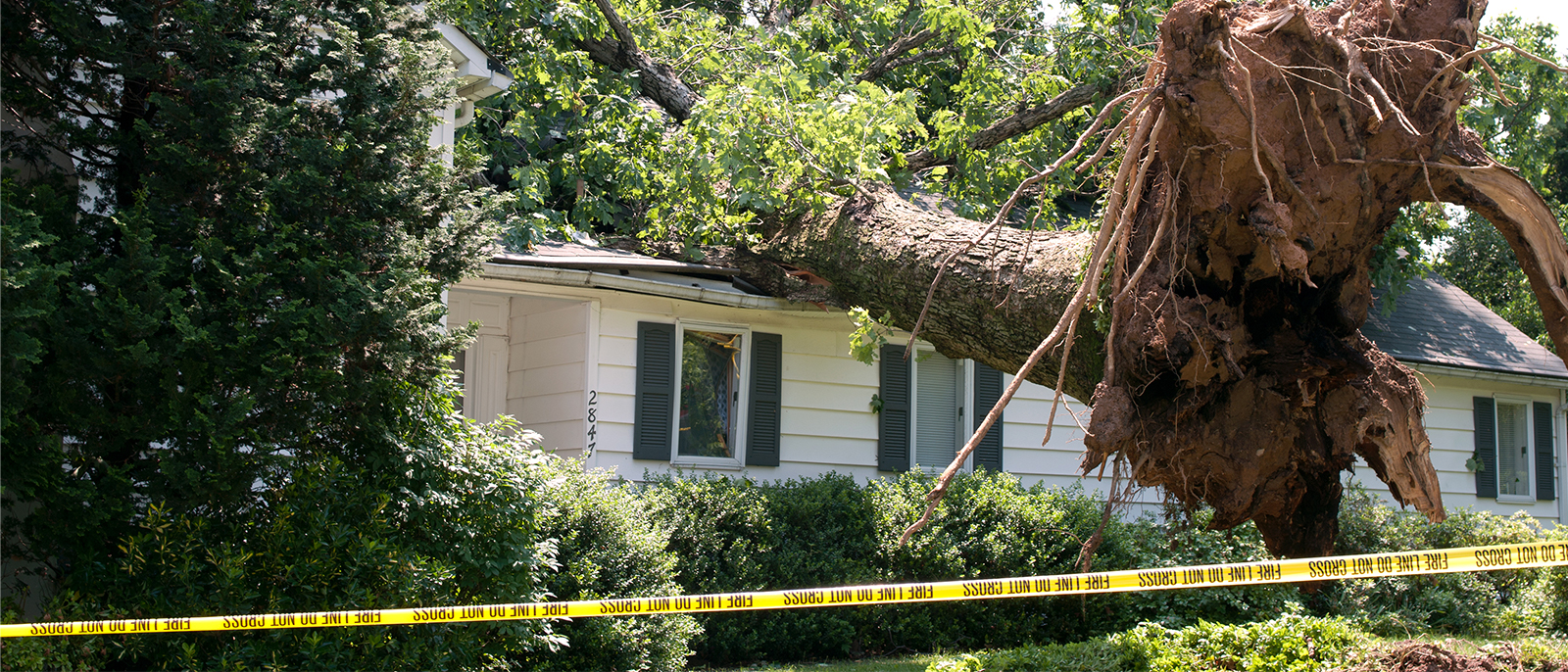
When devastating natural events happen across the country, like the recent flooding in Texas, it’s a reminder to double-check our insurance coverage in case it strikes closer to home.
Ultimately, you can’t predict the weather and other disasters, but we encourage you to stay prepared.
Here are some fine print details you need to know about your homeowners’ insurance policy:
You Need Extra Coverage for Floods and Earthquakes
Generally, flood insurance isn’t required in homeowners’ insurance unless you live in a designated high-risk flood zone. That doesn’t mean it isn’t necessary.
According to the Insurance Information Institute, 20% of flood insurance claims come from homes that are in areas with moderate-to-low flood risk. And nine out of 10 natural disasters in the U.S involve flooding. Don’t underestimate your risk.
Earthquake insurance isn’t covered in a standard policy or even sold by some insurers in locations where earthquakes aren’t common either. But, we both know earthquakes can happen in unexpected locations without warning. Take the category 5.8 magnitude earthquake that hit Virginia in 2011 for example.
If you decide to add flood or earthquake coverage to your policy, read the fine to avoid any surprises later on. For example, flood insurance may not cover areas below your home including your basement or crawl spaces. That’s something you’ll want to prepare for financially.
Homeowners Insurance May Not Cover Sewer Blockage
For the most part, sewer blockage is also not covered by a standard homeowners’ insurance policy. A blocked sewer can cause costly damage to floors, walls, your personal belongings, and more.
You can add coverage for sewer blockage to your policy for around $40 to $50 in annual premium. Again, this isn’t a requirement. But, it doesn’t hurt to shop around for this policy add-on to determine if it’s worthwhile.
Mold and Infestation are Considered Maintenance Issues
Mold and pest infestation become health hazards if they get out of hand. Both are usually considered maintenance issues that you’re responsible for resolving before the problem becomes dire, so it’s often not covered by insurance.
There are some exceptions to the rule for mold. It may be covered if it occurs as a result of another event included in your insurance policy like a burst pipe. Beyond these circumstances, you may have to foot the bill for repair out-of-pocket.
What Does Homeowners Insurance Cover?
We’ve gone through an exhaustive list of what insurance doesn’t cover. You’re probably wondering what a standard homeowners insurance policy does cover. Here’s an overview:
Basic homeowners insurance provides coverage for your personal belongings, the structure of your home, living expenses if you’re displaced, and liability protection.
If you need to rebuild your home due to fire or another disaster highlighted in your policy, you’re covered. If you can’t live in your home because of a disaster, living expenses may be covered as well. If someone is impaired physically after an accident on your property, the liability protection of your insurance should kick in to cover legal costs.
Still, every homeowners’ insurance policy is different, so you should check your coverage routinely to know what is and isn’t covered before it’s too late.








